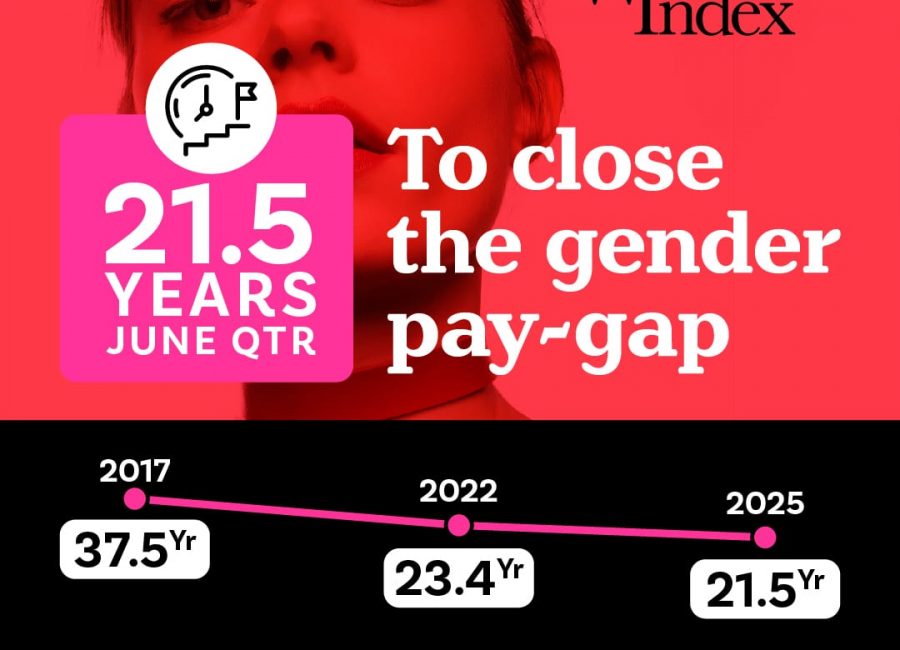The rise of low-cost online financial advice known as robo advice is attracting more female investors, just as the number of women seeking traditional human investment advice appears to wane.
There’s been a 40-65 per cent increase in the number of women using robo advice over the past two years, claims product provider Six Park.
By contrast, the number of women who have obtained a wealth management product such as superannuation or managed funds from a financial planner or accountant has fallen by 4 per cent since 2016, according to Roy Morgan.
Donna Lee Powell, principal financial adviser at DLP Life Design, says while strategic financial advice and robo advice can work in unison, robo advice “won’t suit women who need a more holistic and personal connection” with an adviser.
Questions to ask
So, how can you work out which option is best for you? For me, the answer is not just about cost, it also comes down to asking yourself five basic questions.
- How financially educated are you? In other words, do you know what you are doing?
- Are you confident about your investment decisions and ability to access investment management platforms?
- Are there other areas of your finances that need professional help?
- How much money can you afford to spend and invest?
- Have you made the time to try before you buy?
To encourage more people to invest, Stockspot charges $0 on a $10,000 investment for the first six months, after which it charges $66 a year (including GST). A slightly larger portfolio of $20,000 would pay $132 per year (inc GST).
Stockspot, which claims a third of its clients are women, was started in response to the high fees that “traditionally locked people out of investing”, says founder and chief executive officer Chris Brycki.
Financial advisers will generally charge about 1 per cent to manage someone’s money, and an upfront fee of about of $1500 for a statement of advice before products or services are provided.
Indeed it’s worth noting that for a financial planner to be profitable, the more a client has to invest, the more it is worth their while in management fees. Between $200,000 and $300,000 is often cited as a range that becomes profitable.
But this certainly doesn’t mean that a planner won’t take on clients with significantly less than this.
“It is a misnomer that you need to have a lot of money before you should seek financial advice,” saysulia Schortinghuis, a financial planner with Lighthouse Capital. If a client has a smaller amount to invest but has lending, insurance and superannuation needs, she adds, then $3000 in fees would be about the mark where the work becomes viable.
The best tip is always to talk to a financial planner first. It’s important to get a clear understanding of costs and services before signing anything, and that’s goes for doing your research on robo advice too.












